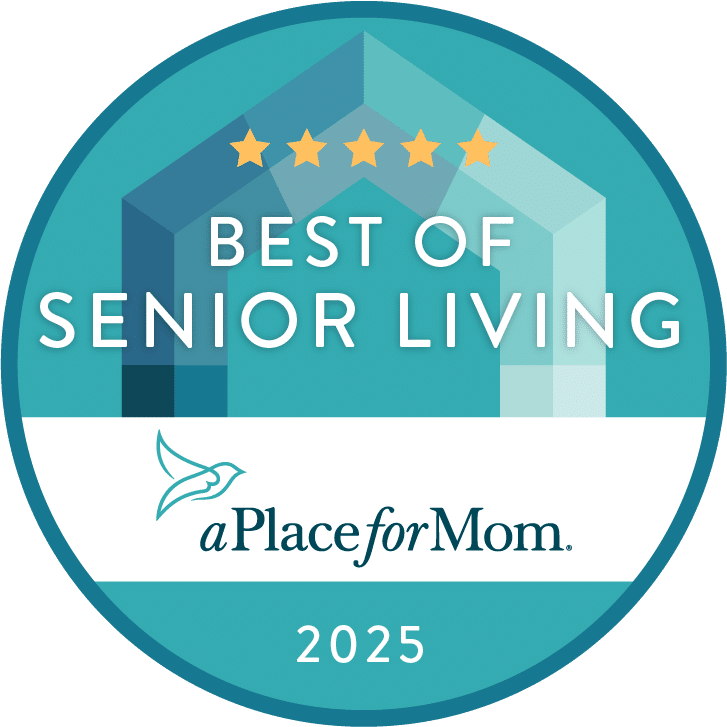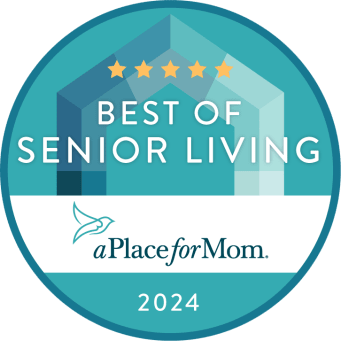Money Matters: 5 Tips for Paying for a Move to a Senior Living Community
When you were small, you could break open your piggy bank and see how many coins were hidden inside…maybe enough to get that new bicycle. But things are much more complicated once you become an adult. As you contemplate ways of paying for senior living, you need to know where available funds might be “hidden”—so you can access them and put them to use once you have decided upon a retirement community in St. Charles County.
Paying for Senior Living: 5 Tips on Understanding Funding Sources
Even though your present needs might involve nothing more than occasional support, it’s smart to review funding sources for long-term care should it ever be needed.
1. Know the facts about Medicare.
Many people incorrectly assume that Medicare, Medicaid and/or their health insurance will cover their long-term care as they consider their overall plan for paying for senior living. FACT: Medicare only pays for long-term care if you require skilled services or rehabilitative care:
- In a nursing home for a maximum of 100 days
- At home if you are also receiving skilled home health or other skilled in-home services.
- It does not pay for non-skilled assistance with Activities of Daily Living (ADL), which make up the majority of long-term care
2. Paying for senior living out-of-pocket-might not be your best plan.
You most likely have saved for years, believing that one day, you’d have quite a nest egg to rely upon when you were ready to move to a retirement community in St. Charles County. But the reality is, costs of senior care have risen dramatically, and quite often, trying to use personal savings just isn’t a good idea. The situation can cause a family extreme emotional strain and hardship.
3. Veterans benefits could help.
Wartime veterans or a surviving spouse with limited income may be eligible to receive a non-service connected pension to assist in paying for long-term care such as assisted living, home health care, adult day care or skilled nursing. Known as Aid & Attendance (A&A), this increased monthly pension amount may be added to your monthly pension if you meet one of the following conditions:
- You require the aid of another person in order to perform personal functions, also known as activities of daily living, such as bathing, feeding, dressing, using the toilet, adjusting prosthetic devices or protecting yourself from the hazards of your daily environment.
- You are bedridden, in that your disability or disabilities requires that you remain in bed apart from any prescribed course of convalescence or treatment.
- You are a patient in a nursing home due to mental or physical incapacity.
- Your eyesight is limited to a corrected 5/200 visual acuity or less in both eyes or concentric contraction of the visual field to 5 degrees or less.
The Housebound benefit is an increased monthly pension amount that may be added to your monthly pension when you are substantially confined to your immediate premises because of permanent disability.
4. Paying for senior living with a reverse mortgage.
A reverse mortgage is a type of home equity loan for homeowners age 62 or older. It may make sense for people who don’t plan to move, who can still keep up with the cost of home maintenance, property taxes and insurance and those who want to access the equity in their home to supplement income in retirement.
How it works:
- Seniors age 62 or older who own homes outright or have small mortgages may be eligible.
- Lenders will run a credit check, evaluate your income, assets and monthly living expenses, and you must also be current on property taxes and hazard premiums.
- To qualify, homes must meet FHA property standards and flood requirements.
What to expect:
- The lender makes payments to the borrower based on a percentage of accumulated home equity.
- The money can be used to supplement income, pay healthcare expenses, retire debt or finance home improvements.
- The loan needs to be repaid when the borrower dies, sells the home or permanently moves out.
5. Consider Life Insurance Conversion
Anyone with an in-force life insurance policy can transform it into a pre-funded financial account that disburses a monthly benefit to help pay for long-term care needs such as home care, assisted living, skilled nursing and hospice. This account is a Medicaid-qualified asset.
How it works:
The conversion process transfers ownership of a life insurance policy from the original holder to an entity that acts as the benefits administrator—this administrator pays the previous policy holder a series of monthly payments based on the policy’s value. These payments can then be used to pay for long-term care.
You can convert any type of life insurance plan: whole, term or universal. There are no monthly premium payments; monthly payout amounts are adjustable based on how many months you want to receive payments. There are no application fees or obligations to apply and the typical enrollment time is 30-45 days. You must have an immediate need for some form of acceptable long-term care.
Paying for senior living: explore all your options.
As you research information on independent living in St. Charles County, remember to also explore all the possible sources of funding. At Avalon Park independent living, we are here to assist you in any way we can.
It is our pleasure to serve you, no matter where your journey leads.
Contact us today to set up your personalized tour. Learn how a move to senior living can give you the lifestyle you deserve – download our guide, Choosing the Right Community.
- Cheers to Maifest: A Toast to Friendship and Homebrew! - May 19, 2025
- Avalon Park’s Upcoming Events May 18th – May 24th - May 16, 2025
- Emotional and Mental Balance in Senior Independent Living: Tips and Tricks - May 16, 2025





